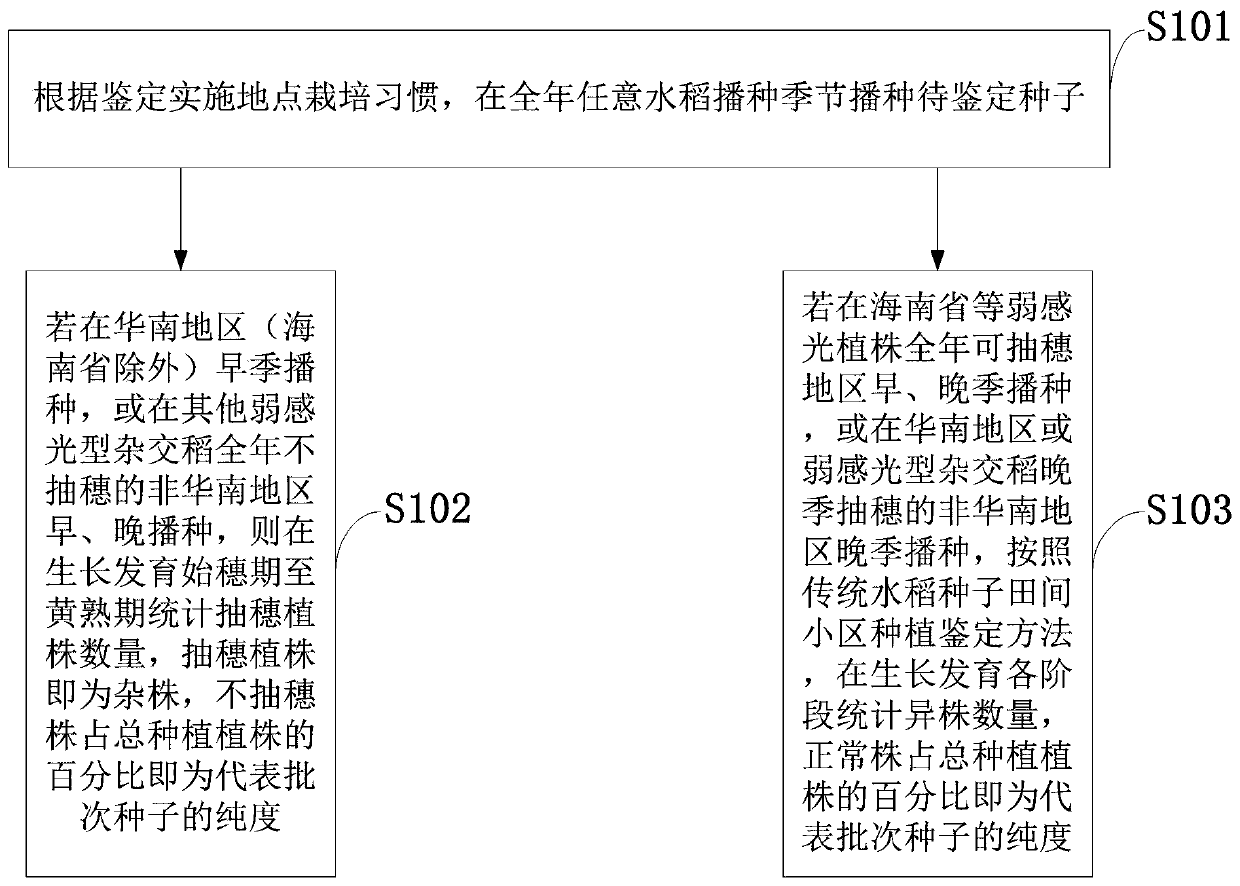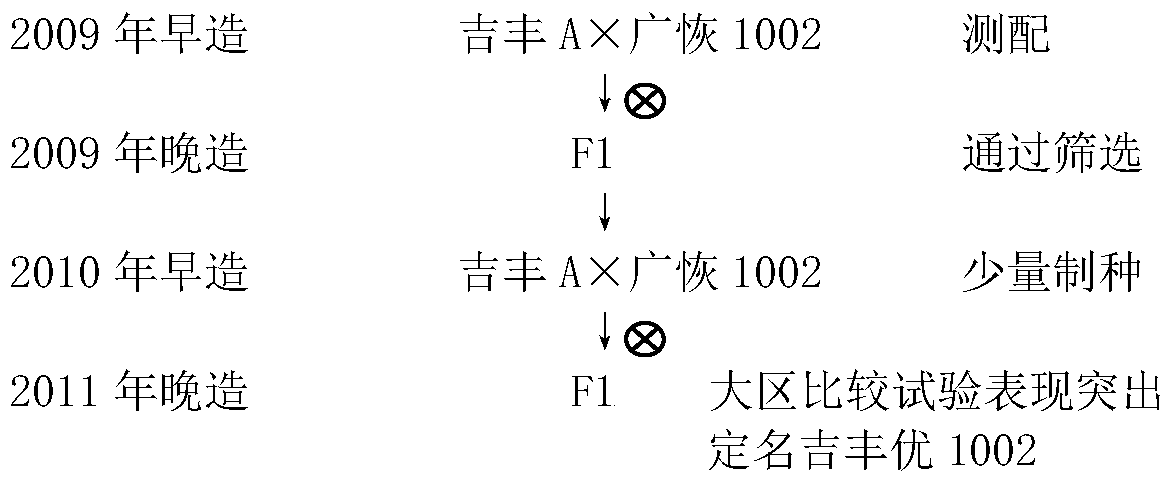(1) The identification of seed grain morphology is based on the appearance traits such as seed shape, type, color, size,
seedling sheath color, leaf color, leaf shape, etc., to judge the method for the difference between the appearance of the seed and the target seed; different hybrid rice varieties seeds, although The
gene polymorphism is large, but due to the limitation of the environment affecting
genotype expression or manual observation, the identification accuracy of
grain shape difference is limited
(2) The identification of
esterase isozymes is based on the specific isozymes or proteins based on biochemical
genetics to distinguish and identify the biochemical genetic differences between seeds and target seeds; the
esterase isozyme method is to identify different varieties The difference between
gene expression product proteins, polymorphism is not rich enough, and there is tissue and
organ specificity, the same tissue and organ
protein difference is not big, so that the selection of materials is strictly limited, thus limiting its application
Moreover, since the
plant phenotype is determined by the
genotype and the environment, the expression of
plant traits in the field planting identification process is easily affected by the environment, which cannot fully meet the needs of production and management.
(4)
DNA molecular marker identification is based on biological
DNA restriction fragment length polymorphism (RFLP), random amplified polymorphic DNA (
RAPD),
amplified fragment length polymorphism (AFLP),
microsatellite DNA (SSR, STR, SSLP) and other DNA molecular differences to judge the difference between seeds and target seeds; the accuracy of DNA
molecular marker identification is limited by the size of the sample size, in order to reduce the
identification error, the larger the sample size, the more accurate the identification, but The amount of corresponding pharmaceutical reagents will also be doubled, which doubles the identification cost and increases the identification time.
[0005] (1) There are limited differences in the grain morphology of different hybrid rice varieties in the existing identification methods of seed grain morphology
[0006] (2) Existing methods for identification of esterase isoenzymes have differences in the identification of different types of
gene expression product proteins, polymorphisms are not abundant enough, and have tissue and
organ specificity, so that the materials are strictly limited, thus limiting its application
[0007] (3) The existing planting identification methods for field plots are too long, the expression of
plant traits is easily affected by the environment, and cannot fully meet the needs of production and management. Generally, the planting identification cycle of temperature-sensitive rice field plots is half a year, and the weak-sensitivity hybridization The planting identification cycle of
paddy field plots is one year
[0008] (4) The identification accuracy of existing DNA
molecular marker identification methods is limited by the size of the sample. The larger the sample size, the more accurate the identification, but the corresponding doubled the identification cost
[0010] (1) In the identification method of seed grain morphology, the grain morphology is the inherent trait of the variety, and the difference between the variety to be identified and its similar varieties is limited. The selection of varieties should first meet the requirements of traits such as yield increase,
stress resistance, and eating quality. The need for purity testing is not necessary to carry out variety selection. The selected varieties have low practical value and are not widely used. This problem is difficult to solve
[0011] (2) In the esterase isoenzyme identification method,
protein is an inherent product of
gene expression. Like the identification of grain morphology, it is not meaningful to work on
protein expression to meet the purity identification requirements, and this problem is difficult to solve
[0012] (3)
Field plot planting identification method is currently one of the most accurate and applicable seed purity identification methods. It is the final accurate identification method selected when errors occur in the results of other purity identification methods. It is used by agricultural industry authorities and quality identification agencies. However, in order to fully express the characters that appear in the whole process of
rice growth, it is necessary to make each type of rice grow for one cycle, which is difficult to solve.
[0013] (4) In the identification method of DNA molecular markers, increasing the sampling frequency, sample size and number of test samples can properly solve the problem of accuracy. The cost of DNA molecular marker detection is relatively high, and large-scale seed production requires a larger number of test samples. Once the seeds with inaccurate results are sold, if there is a quality problem, it will be a fatal blow to the seed enterprise
 Login to View More
Login to View More  Login to View More
Login to View More 








